Product Positioning: The Reliable Core of Industrial Automation In industries with challenging production environments such as chemical and metallurgical industries, equipment must continuously withstand high temperatures, humidity, and electromagnetic interference. Siemens' 6DD1661-0AE0 processor module is a solution developed specifically to address these challenges. As a core component of the SIMATIC TDC system, this processor has proven its value in numerous large-scale projects. For example, in the reactor control system of a large chemical plant, it has operated stably for over 8,000 hours, surviving numerous power grid fluctuations and equipment maintenance, maintaining precise control performance. Technical Features: Tailored for Industrial Environments This processor module was designed with the needs of real-world industrial scenarios in mind: Its operating temperature range reaches -25°C to +60°C, adapting to a wide range of climates, from cold northern regions to hot southern regions. A special electromagnetic compatibility design ensures stable operation even in environments where large motors frequently start and stop. Processing speeds reach microseconds, ensuring real-time and precise control of key process parameters. The built-in large-capacity memory can store years of production data and equipment operation records. A high-speed backplane bus enables precise synchronization with other equipment, meeting the coordinated control requirements of complex processes. Actual Benefits: Improved Production and Operational Performance Companies using this processor module have reported significant benefits. After installing the module on their rolling mill, a specialty steel company reported a 35% reduction in equipment downtime and an 18% improvement in product dimensional accuracy. Another chemical company, by using this processor to optimize reaction control, achieved a 22% improvement in product batch quality consistency and significantly increased raw material utilization. These improvements are primarily due to the processor's high reliability, which enables continuous equipment operation, and the improved quality achieved through its precise control. Furthermore, the standardized module design allows maintenance personnel to quickly master repair and maintenance techniques, significantly reducing troubleshooting time. Applicable Scenarios: The preferred choice for critical processes Based on actual application, this processor is particularly well-suited for the following scenarios: Polymerization reaction control and distillation tower temperature and pressure regulation in chemical production Continuous casting machine control and rolling mill drive systems in the metallurgical industry Steam turbine control and grid synchronization monitoring in power plants Various test benches and simulation systems requiring high-precision control Recommendation: A wise long-term investment Choosing this processor is more than just purchasin...
Read More


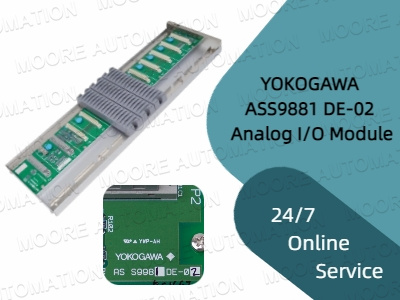





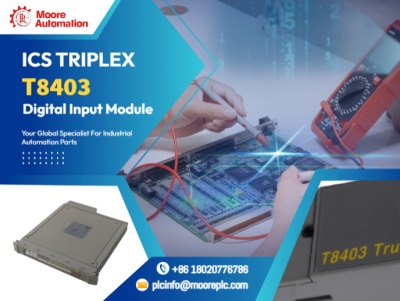

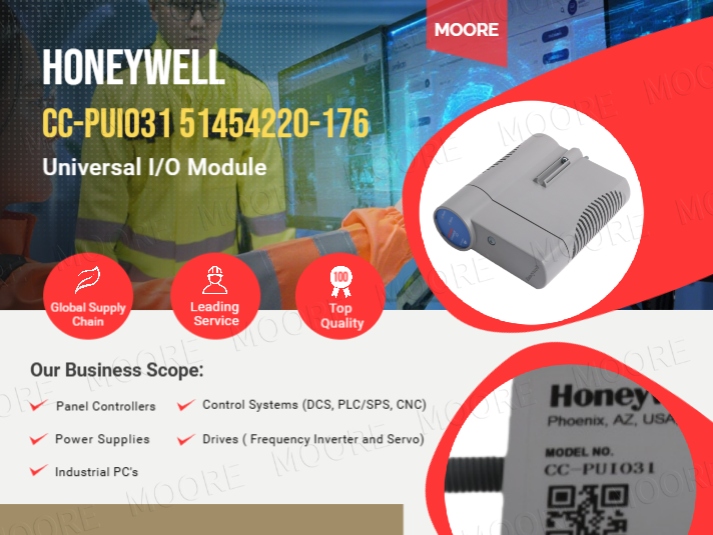
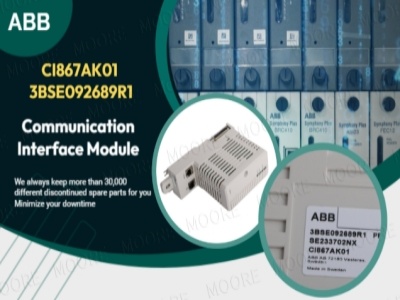
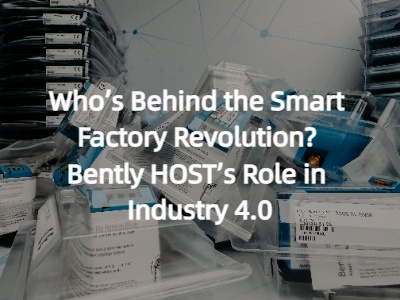











 IPv6 network supported
IPv6 network supported